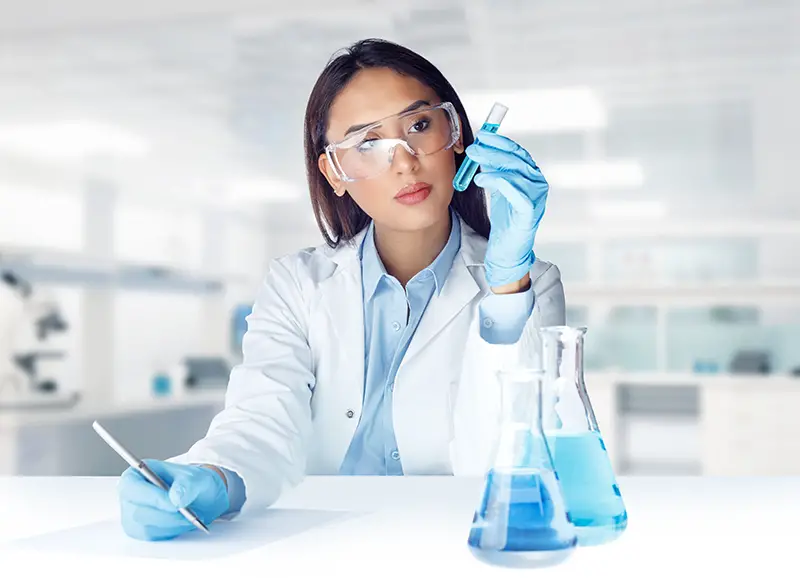Click here to get this post in PDF
Skin toxicology, or dermal toxicology as it is sometimes known, is the name given to the study of the local or systemic adverse reactions that occur when the skin is exposed to chemicals. It also looks at how toxicants can penetrate the skin and evaluate any potential systemic exposure that may have occurred.
It is vital to understand the ability that a substance may have when it comes to causing not only local reactions but also the systematic poisoning that can occur due to skin contact in both animals and humans.
When it comes to the testing of dermal toxicity, several factors must be taken into consideration. Some of these include the rates at which toxic materials can become absorbed into the skin, their chemical composition, and their solubility.
It is essential for all new substances that may come into contact with the skin to be assessed comprehensively to determine their toxicity levels and for the companies that create these substances to have them tested by a specialist in the field like Gentronix.
What causes skin toxicity?
It is widely recognised that certain chemicals, both those available for commercial use, such as household cleaning agents and industrial chemicals, can result in dermal toxicity. As a result of contact with dermal tissue, they can cause skin sensitisation or skin irritation or, in the case of stronger chemicals, severe dermal reactions such as changes in corrosivity.
Whilst the appropriate skin toxicology testing can determine the severity of the symptoms likely to be caused, these determinations are only an indication. For some individuals who come into contact with certain chemicals, pre-existing conditions, particularly skin conditions, can exacerbate the reactions that might occur.
Why is it important to study skin toxicology?
It is essential to understand the skin toxicology of existing chemicals and mixtures of chemicals so that the severity of any dermal reactions that might occur is known. This can assist the medical profession in ensuring that exposure to harm is avoided. For example, certain chemicals would be avoided when producing particular products, or guidance would be put into place for users to use protective measures such as gloves.
It is also crucial that skin toxicology is studied so that the appropriate information that can inform treatment following contact is readily available to the medical profession. It also helps with labelling certain things like cleaning products so that the appropriate warnings and the first steps that should be taken following contact are known. These warning labels and their instructions can help reduce a solution’s effects on the skin. This can help ensure minimal damage to a person’s skin.
The warnings for these products alert people to the need to take greater care. This can involve measures such as avoiding contact with skin and, of course, keeping them stored away securely and out of the reach of children. This can help to prevent as many accidents as possible. These warnings or classifications fall into several categories to help make identification even easier regarding the speed with which treatment is required. It is essential that they also contain information about the strength of the product that they are labelling.
You may also like: 4 Tips for Managing a Biotech Company
Image source: elements.envato.com

